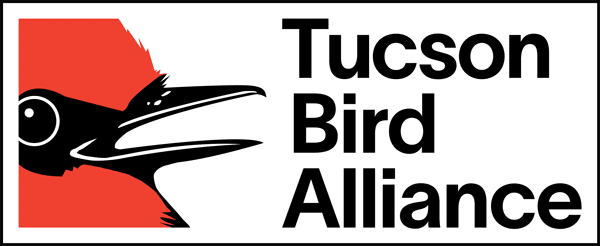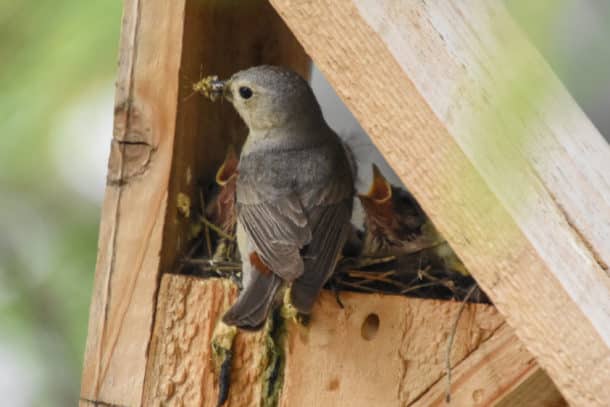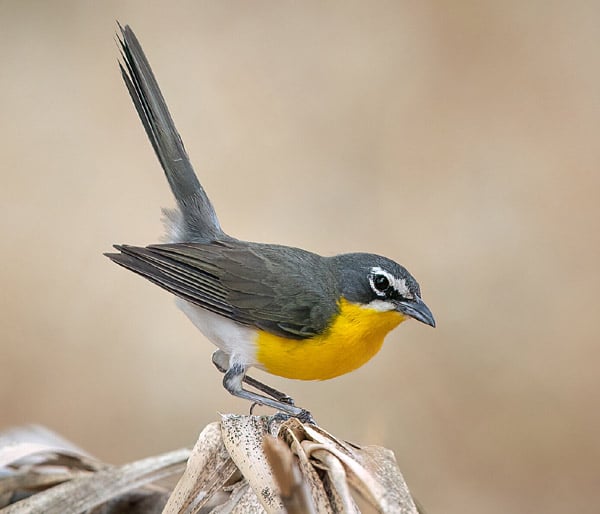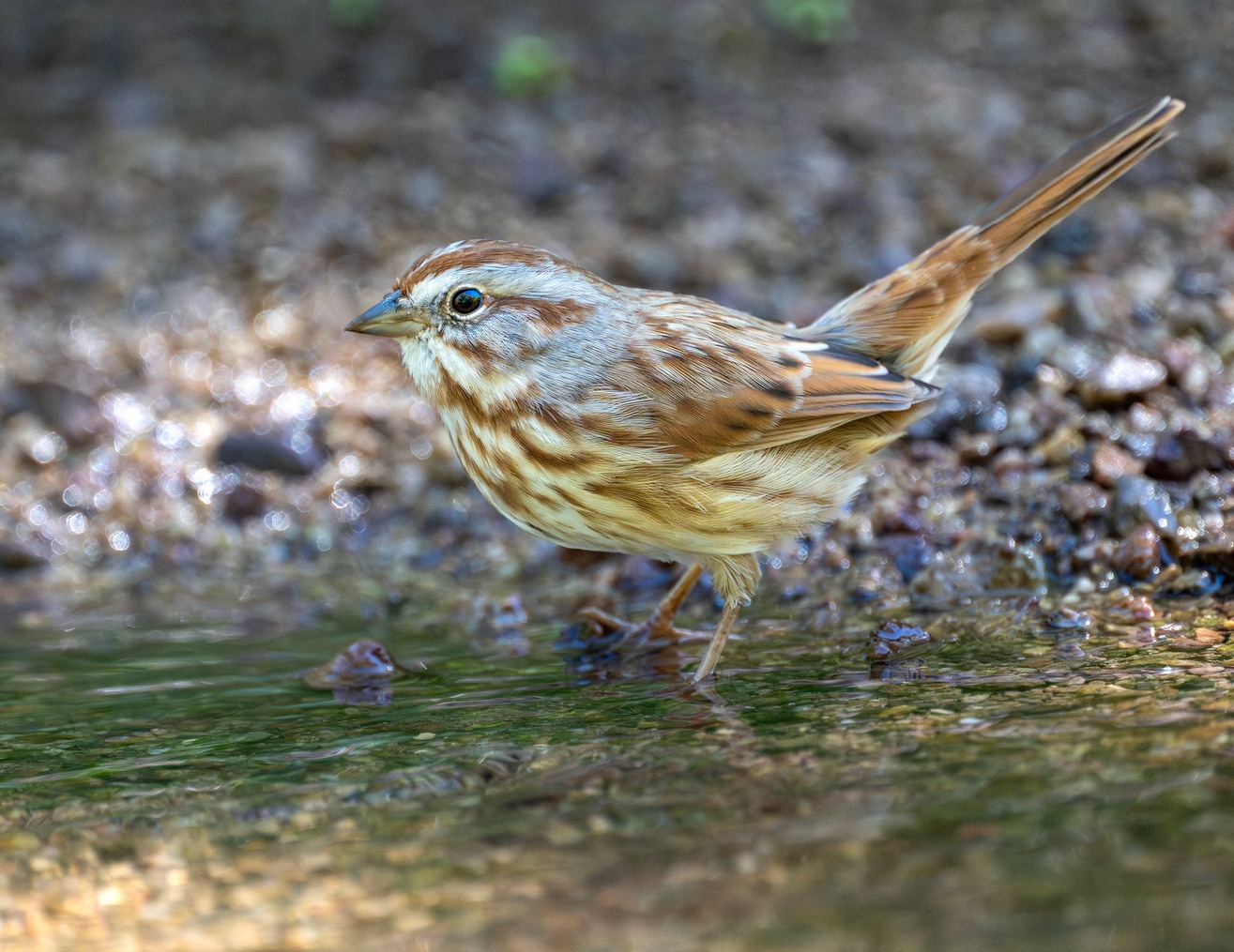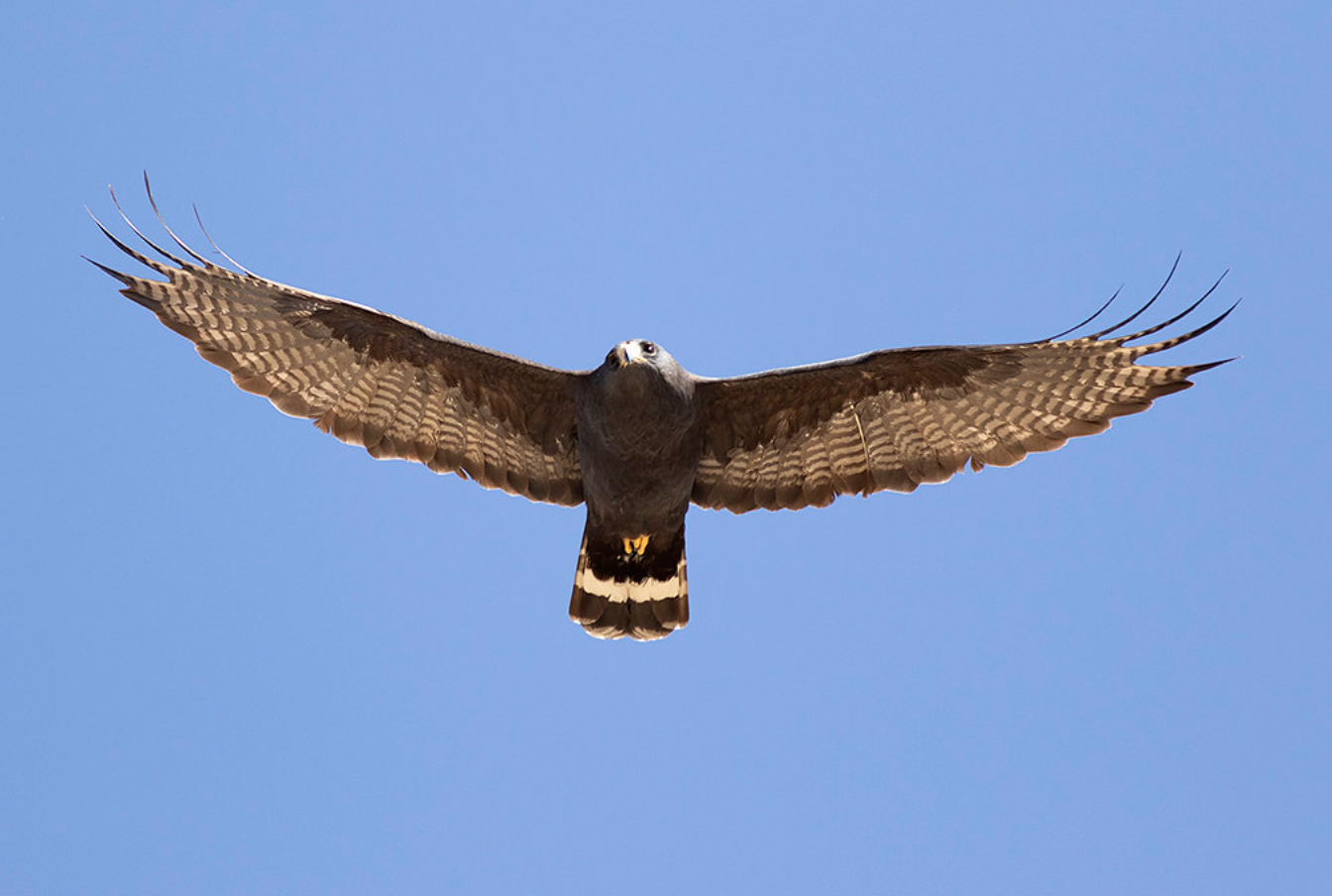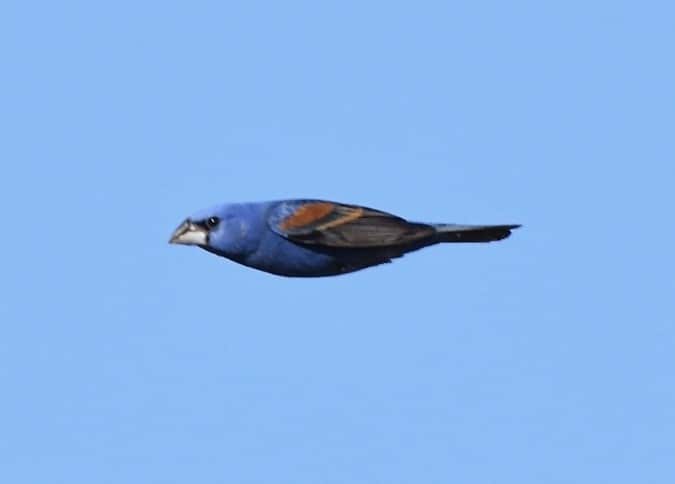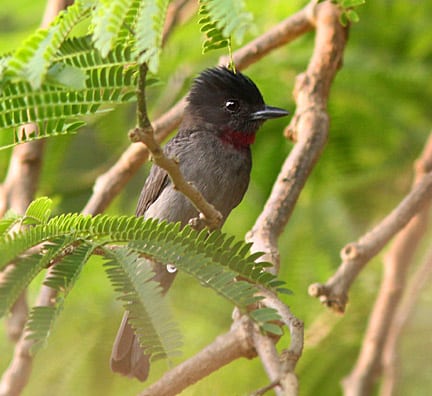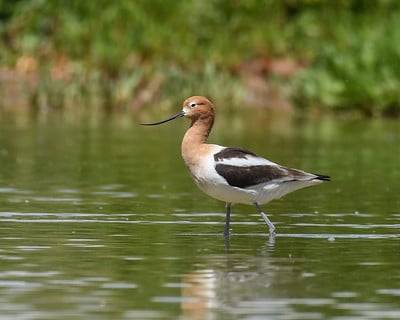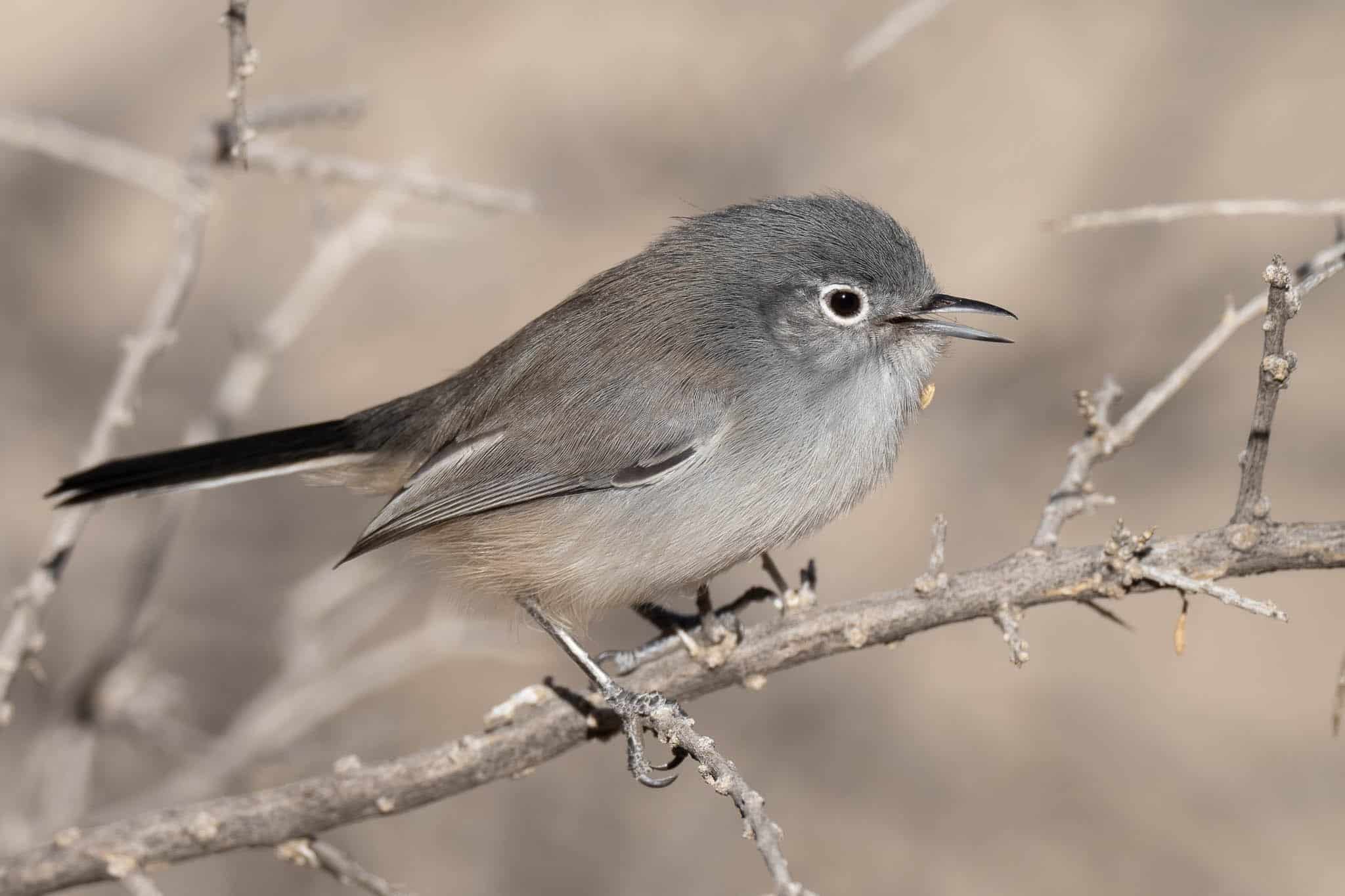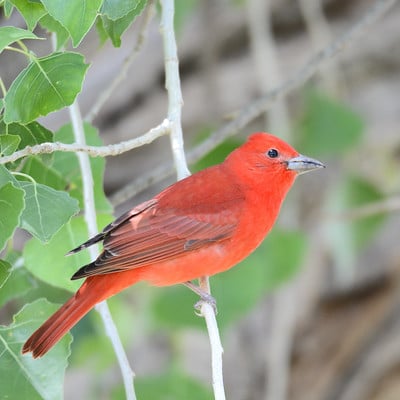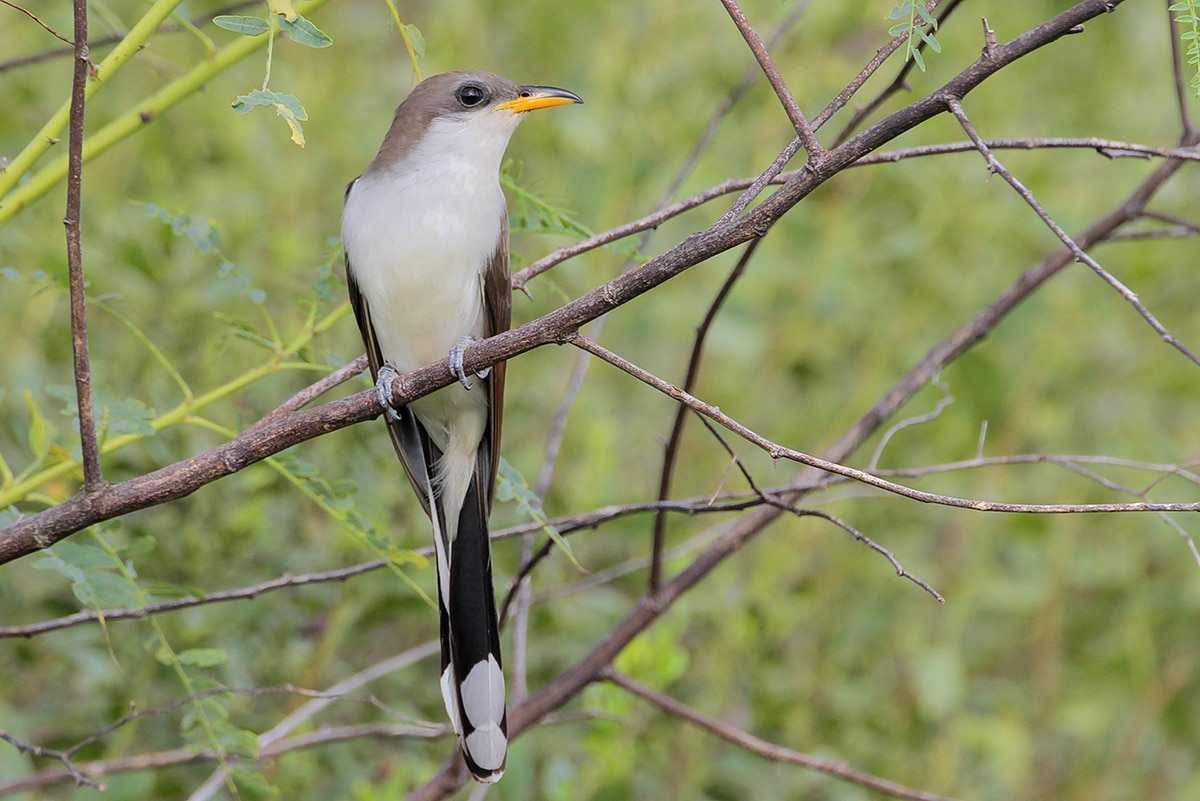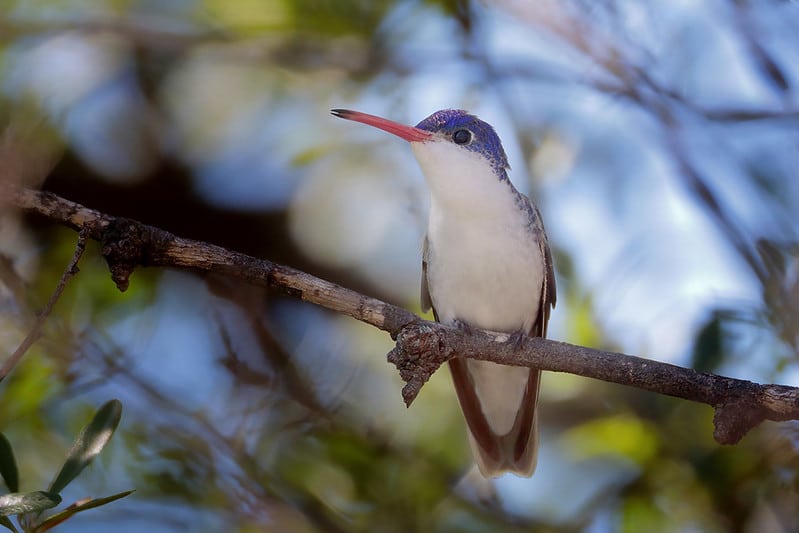Manmade nestboxes are an essential conservation tool for secondary cavity-nesting birds, especially in areas where natural nesting sites are scarce. The Tucson Bird Alliance (TBA) has been at the forefront of developing innovative nestbox solutions tailored to the unique challenges of the desert Southwest’s harsh climate. Through ongoing research, TBA has pioneered practices that not only support the region’s avian populations but also inform species-specific nestbox studies. A remarkable success story involves TBA’s creation of a custom-designed nestbox for Lucy’s Warblers—one of only two cavity-nesting warblers in the U.S. and previously thought to avoid nestboxes. These uniquely shaped boxes now provide much-needed habitat, offering a safe alternative to the natural crevices in areas of habitat destruction and urbanization. Currently, TBA is applying the same research-driven approach to develop a nestbox design for the enigmatic desert subspecies of Purple Martins, a species historically not known to use artificial nest sites. Join us to explore the scientific process behind designing effective nestboxes and learn about TBA’s groundbreaking efforts in nestbox research and avian conservation. (Limit of 60)
Lucy’s Warblers and nestbox, Paula Redinger
